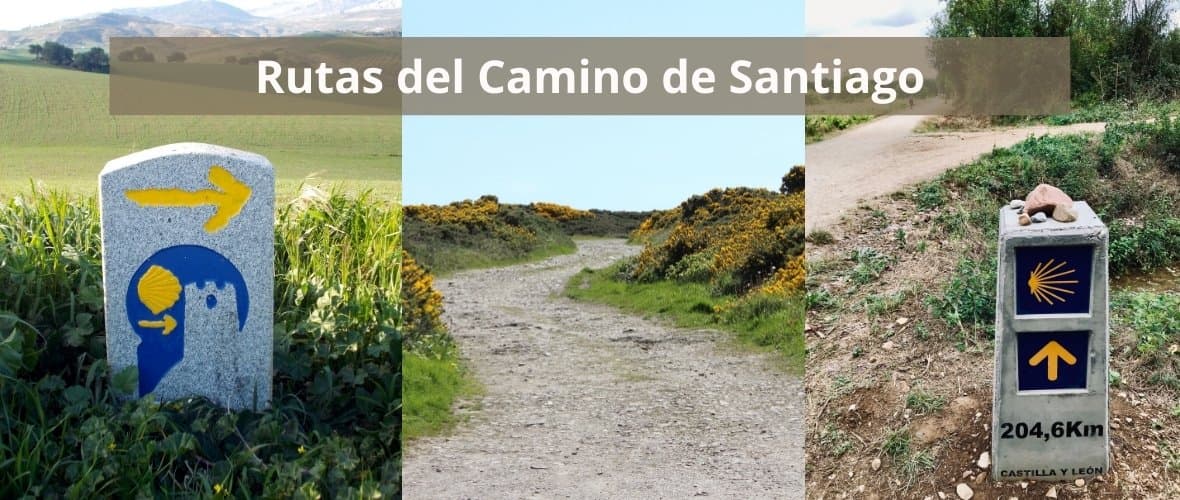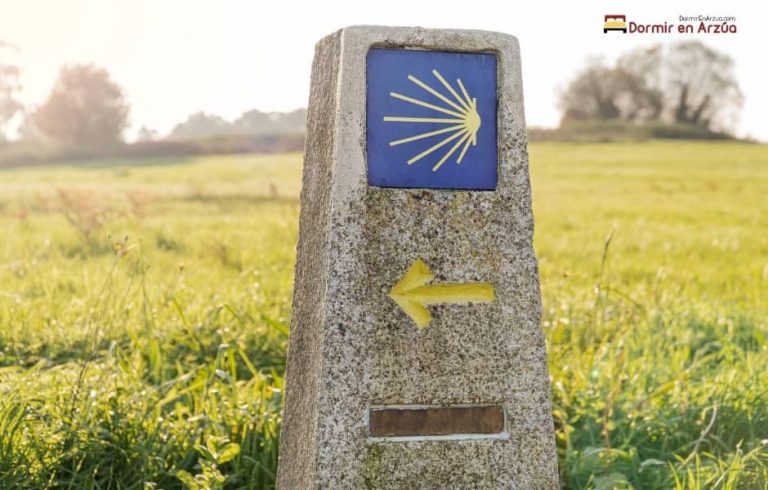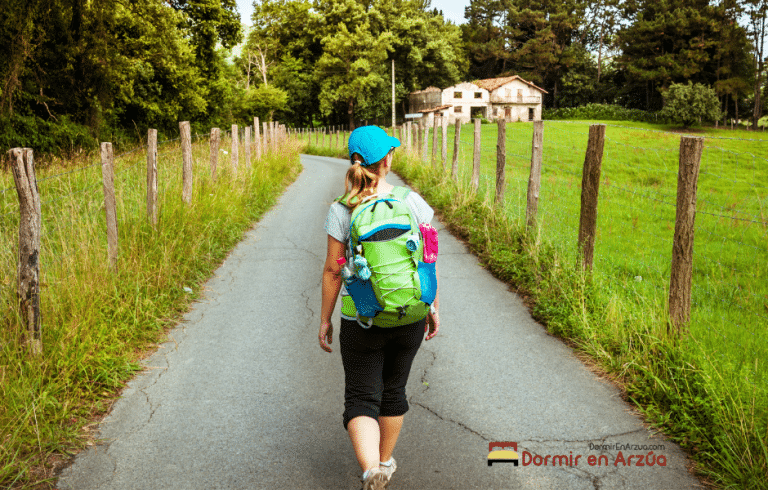There are many routes to be able to do the Camino de Santiago. There is the French Way and the Portuguese Way, which are distinguished by being among the most popular to make the journey. But there are also other less famous alternatives, but they are not without their charm. We refer to the Camino de Cádiz or the Camino de Levante.
As our idea is to be able to help you make this trip in the best possible way, we want to explain below which are the 5 most popular routes for the Camino de Santiago... Pay attention!
The French Way
It is the most popular route on the Camino de Santiago. It begins in Saint-Jean-Pied-de-Port, on the side of the French Pyrenees, and runs for about 780 kilometers to Santiago de Compostela.
For those who decide to walk, it will take approximately one month to complete it; while those who choose to do it by bicycle will only be about two weeks of travel.
The French Way has many hostels and public hostels for lodging. If your budget is a little higher, you will find private hostels or cheap hotels.
This route is one of the best signposted. The yellow arrows will indicate which direction you should follow while walking through the countryside, while in the cities the signs will be with the famous scallop shell that distinguishes the Camino de Santiago.
Vía de la Plata
It is the longest of all the routes of the Camino de Santiago. It originates in the south of Spain and owes its existence to two ancient Roman routes that linked the northwest with the southwest.
It is an excellent alternative for those who make the tour by bicycle. It is about 1.000 kilometers long and takes between six and eight weeks to complete.
There are several municipal and private hostels along the route (approximately every 25 kilometers).
Yellow arrows abound along the way to guide pilgrims, but scallop shells in towns and cities are not very frequent.
Be sure to bring enough water on this route, as while there are places to shop, it can be many miles before you find a shop or cafe.
Northern Way
Also known as the Camino de la Costa, it is said to be the oldest route to Santiago de Compostela and an excellent option for pilgrims who want to stay away from the crowds that make the journey.
It has a length of 825 kilometers from the starting point in Irun to Santiago de Compostela and takes approximately one month to complete.
Although it is a well-stocked route with stores where you can stock up (every 6 kilometers, approximately), there are sections of about 15 kilometers where there is nothing, so it is important to bring water and food.
Hostels and hostels are not as abundant as in the case of the French Way, but there are enough.
Although it is a path that is marked by yellow arrows, it is important to take a guide or map because sometimes it can get a bit confusing.
It is also a demanding route with many hills and descents, but the landscapes compensate for any extra physical effort.
English Way
It is one of the best maintained and easily accessible paths. Its history dates back to the XNUMXth century, when pilgrims from England, Scotland and Ireland sought to reach Santiago.
The English Way can be started from Ferrol (118 kilometers to Santiago de Compostela) or from A Coruña (74 kilometers to Santiago de Compostela). Both routes coincide in Bruma and from there it becomes a single route to Santiago de Compostela.
The shops on this route are evenly distributed, so it is unlikely that you will ever find yourself without food or water.
Although lodging sites abound, they are usually not enough in high seasons (Easter or summer).
Given its proximity to the Atlantic Ocean, it is an area that is usually very rainy, so you should take your forecasts.
The signs from A Coruña can be a bit confusing when leaving the city, so do not forget to take a map or guide to avoid disorientation.
Portuguese Way
The Portuguese Way has three access routes from Portugal to Spain until reaching Santiago de Compostela. The first, from Lisbon (612 kilometers); the second, from Porto (240 kilometers); and the third, from Tui (119 kilometers). From Porto you can take an alternative route along the coast, which is very well signposted.
From Lisbon, if you walk about 25 kilometers per day, you can complete the route in about 24 days.
Shops, bars, and restaurants abound along the Camino Portugues, so you won't need to bring extra food or water.
As for lodging, it is not very uniform. In certain parts of the way you will find parish houses or youth hostels. Passing Porto, religious hostels abound. As you get closer to Santiago de Compostela, you will find more hostels of different types.
The signage is one of the best of all the paths, thanks to the efforts of the Portuguese and Galicians to offer good orientation to visitors.
It is one of the least demanding routes, due to the low elevation of the terrain.
We have presented you with the five best alternatives to get to Santiago de Compostela. Whichever route you choose for your journey, always make sure to study which one is best for you according to your needs and limitations.









